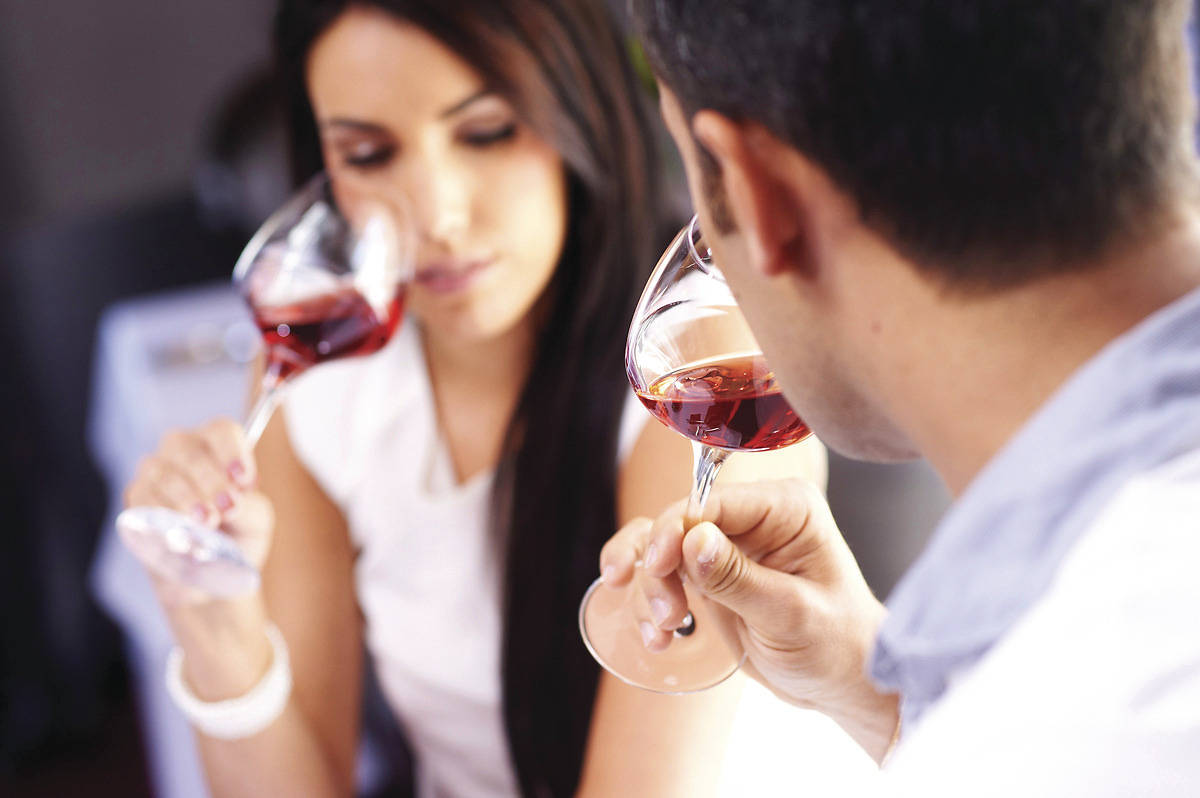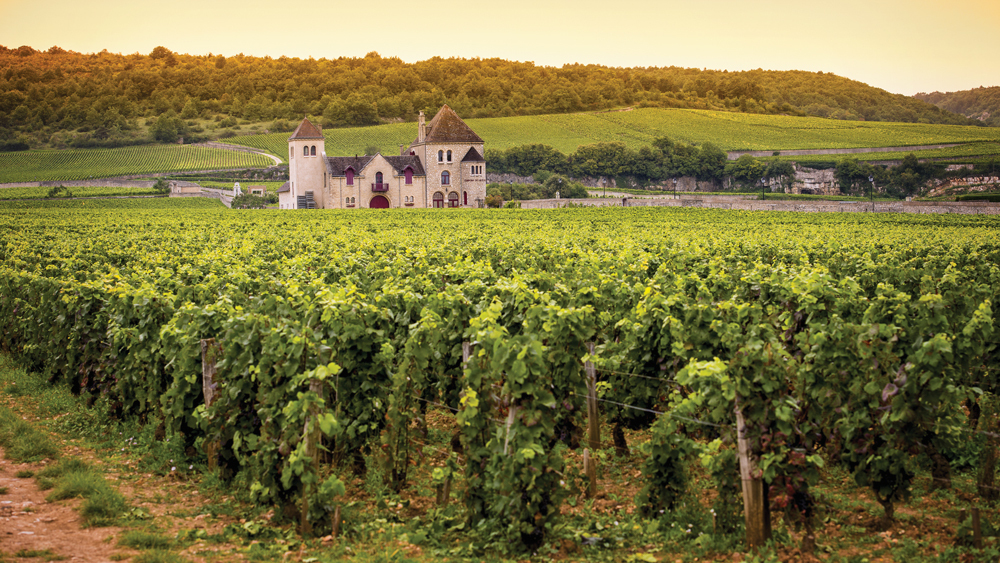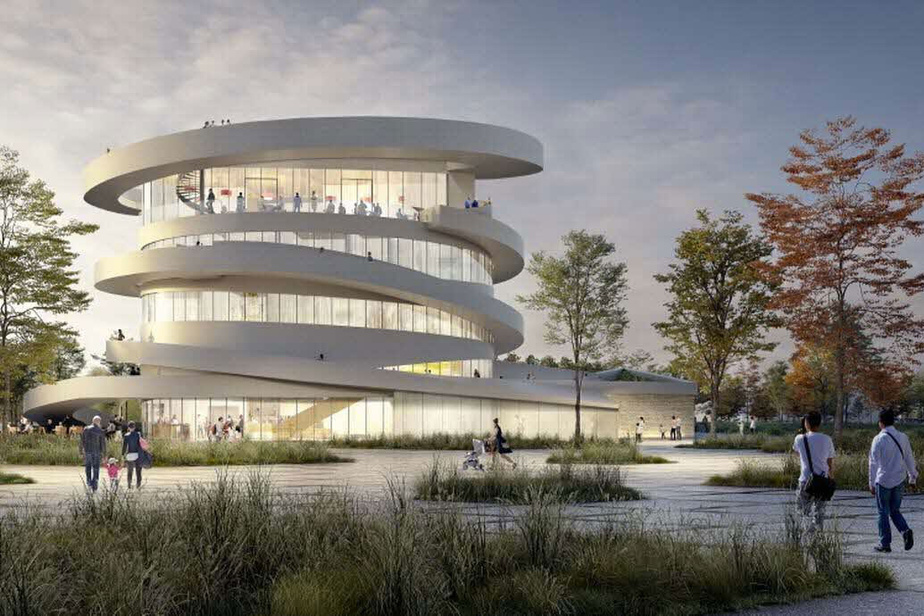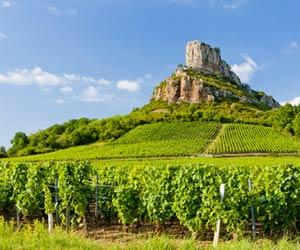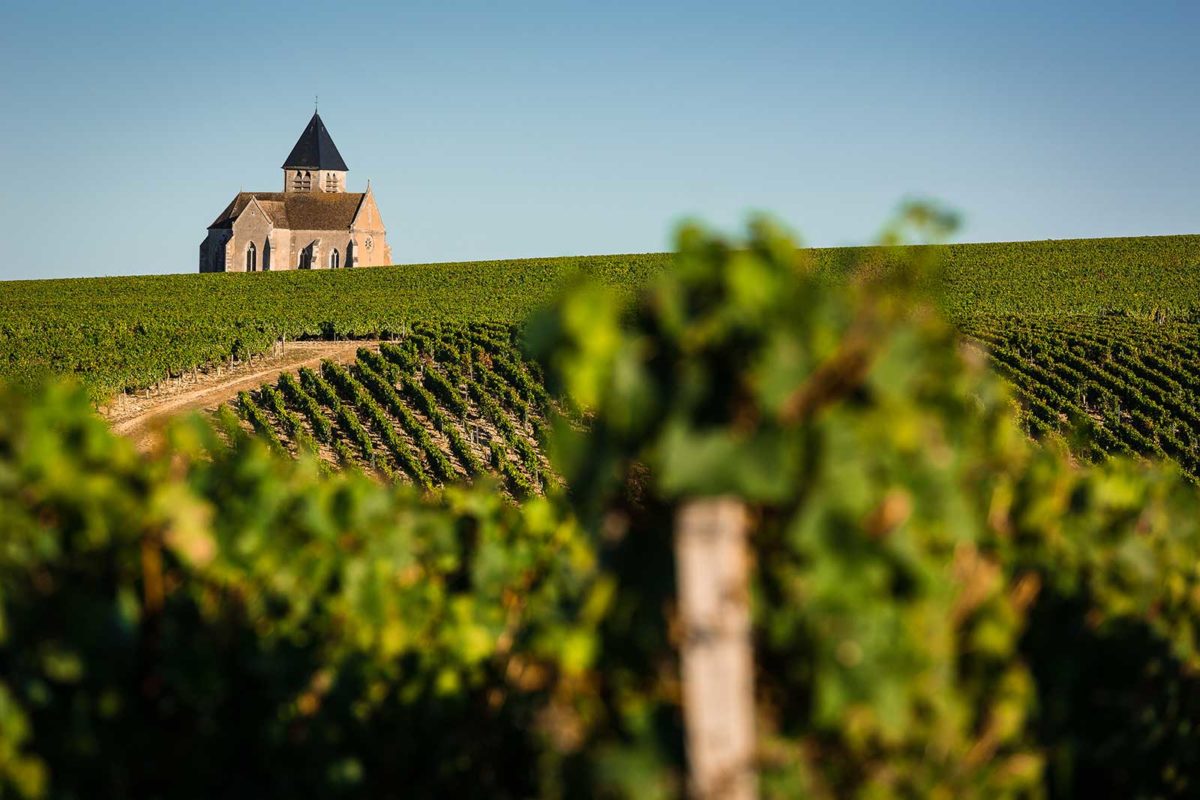The École des Vins de Bourgogne is now offering four new workshops at the Cité Internationale de la Gastronomie et du Vin in Dijon.
These four innovative workshops will offer a visual, audio, and a gustatory experience.
Price ranges: €20-€29
Time: 40 minutes to one hour
Maximum number of participants: 18
All courses are open to people with mobility issues
- An Introduction to wine tasting: Decode the techniques and vocabulary of wine tasting and learn how to describe a wine in terms of how it looks, smells, and tastes.
Three wines, €20 per person
- The Impact of vintage: This workshop explores the bearing a vintage might have on a wine, and explores single varietal cultivation, typical in Bourgogne, how a wine changes over time, and aging potential.
Three wines, €20 per person
- Bourgogne Terroir Wines: Learn about the notion of terroir in Bourgogne through grape varietals, winegrower expertise, the hierarchy of the 84 appellations, and the Climats.
Four wines, €20 per person
- Food and Wine pairings: Explore the diversity of Bourgogne wines by pairing them with local gastronomy. Tasting of five wines with five regional specialties.
Five wines, €29 per person
For more information and to register, visit the École des Vins de Bourgogne website at https://www.bourgogne-wines.com/
If you are currently traveling through France, drop by……bookings are now open!
#VinsBourgogne #Bourgogne #Vin #Bourgognewines #Bourgogne #wine #winelovers #frenchwine #wineeducation #BourgogneTerroir #foodandwine #winetasting #gastronomy #vin #winecollectors #wineinvestors #wineknowledge

